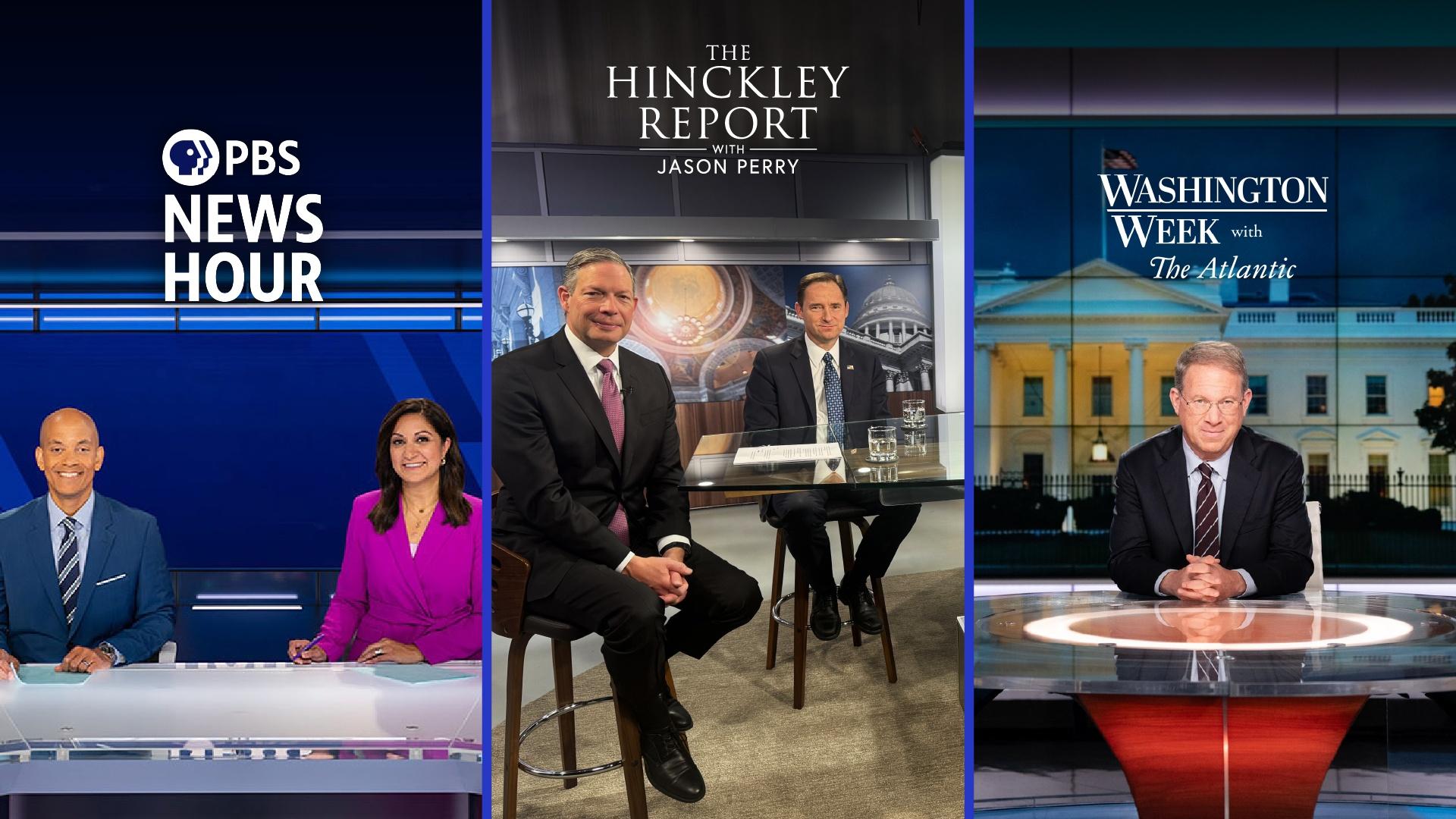Downwinders and the Radioactive West
Award-winning Producer John Howe's documentary, Downwinders and the Radioactive West presents a compelling narrative about the fallout of nuclear testing that resulted in a decades-long debate over cancer rates, the steep cost of patriotism, and the responsibility of a nation to protect its citizens.
Nuclear testing in the 1950s started a decades-long controversy that endures today. Narrated by actor Peter Coyote, Downwinders and the Radioactive West tells the unsettling stories of those affected by environmental contamination due to nuclear testing in Nevada.
Downwinders and the Radioactive West premiered on Wednesday, January 27 2021. The documentary first aired in recognition of the National Day of Remembrance for Downwinders in the United States. In November 2011, the U.S. Senate unanimously approved a resolution designating the day to acknowledge the harm caused to Americans by the fallout from nuclear testing in Nevada.
The era of nuclear testing changed the world forever; it's a part of America's history and downwinders are part of a nuclear testing legacy that continues to affect Utahns and their communities to this day.
"There's no question the government lied to everyone in Southern Utah about the potential risk of nuclear weapons testing from exposure to fallout. No question at all."
Jim Matheson, former Utah Congressman
On August 6, 1945, a clear, Monday morning at the height of WWII, the United States dropped an atomic bomb on the Japanese city of Hiroshima, ushering in a new, terrifying era of modern warfare unlike that the world had ever seen. But the bombs detonated in the skies above Hiroshima and Nagasaki were not the first above-ground nuclear tests, neither would they be the last.
The first successful test of atomic weapons had been conducted three weeks prior at the Trinity test site in Los Alamos, New Mexico. The sparsely-populated desert landscape provided an ideal location for top-secret experimental weapons testing. After four years of heavy nuclear testing in the U.S.–controlled Marshall Islands, President Truman would relocate the bulk of the nation’s nuclear testing to a more accessible location, approximately 144 miles west of St. George, Utah — the Nevada Test Site.
In the 1950s, St. George was the epitome of small town America: a good place to raise a family, with mom & pop businesses all down Main Street. Residents of small town Utah were fiercely patriotic, and welcomed the opportunity to do their part for American national security with pride. Residents were notified in advance of nearby nuclear tests; school children would be led outside to watch for the familiar mushroom-shaped cloud to appear on the horizon.
The first signs of trouble came from the sheep. Local ranchers observed sheep with signs of burns, bleeding lips, hide that sloughed off with a touch. Lambs were born with severe birth defects, and consequently died. The ranchers were convinced radiation from nuclear testing was the cause; the Atomic Energy Commission denied all accusations. In 1956, Utah ranchers took the federal government to court, alleging the loss of more than 4,000 animals. They lost.
In subsequent years, communities in southern Utah began to notice a troubling phenomenon — friends, neighbors, and relatives were being diagnosed with cancer. Cancer clusters were emerging in different communities, with relatively rare cancers such as thyroid cancer and leukemia showing up even among children.
When a nuclear bomb is detonated, it releases a variety of different radioactive materials, such as cesium-137, iodine-131, strontium-90, barium-140, among others. Some of these radioactive isotopes can remain in the human body for decades (cesium-137 has a radioactive half-life of 30 years) but even radioactive isotopes with shorter half-lives can cause problems. One such isotope is iodine-131. In the same way that mercury collects in aquatic animals at the top of their food chain, such as tuna, iodine-131 collected in the thyroid glands of children living in southern Utah — children who drank milk from local cows that had grazed on grass on which nuclear fallout containing iodine-131 had landed.
Utahns were documenting increased rates of cancer in their families and communities — but the federal government had not taken responsibility, and the ranchers had lost their case in 1956. In 1979, then-lawyer Stewart Udall agreed to take the case; in a landmark ruling in a Salt Lake City courtroom, the judge ruled in favor of the downwinders. And in 1990, the Radiation Exposure Compensation Act, or RECA, was signed by President H.W. Bush. In addition to providing financial compensation to downwinders, RECA also acknowledged that Congress "apologizes on behalf of the nation" to individuals who were "involuntarily subjected to increased risk of injury and disease to serve the national security interests of the United States."
